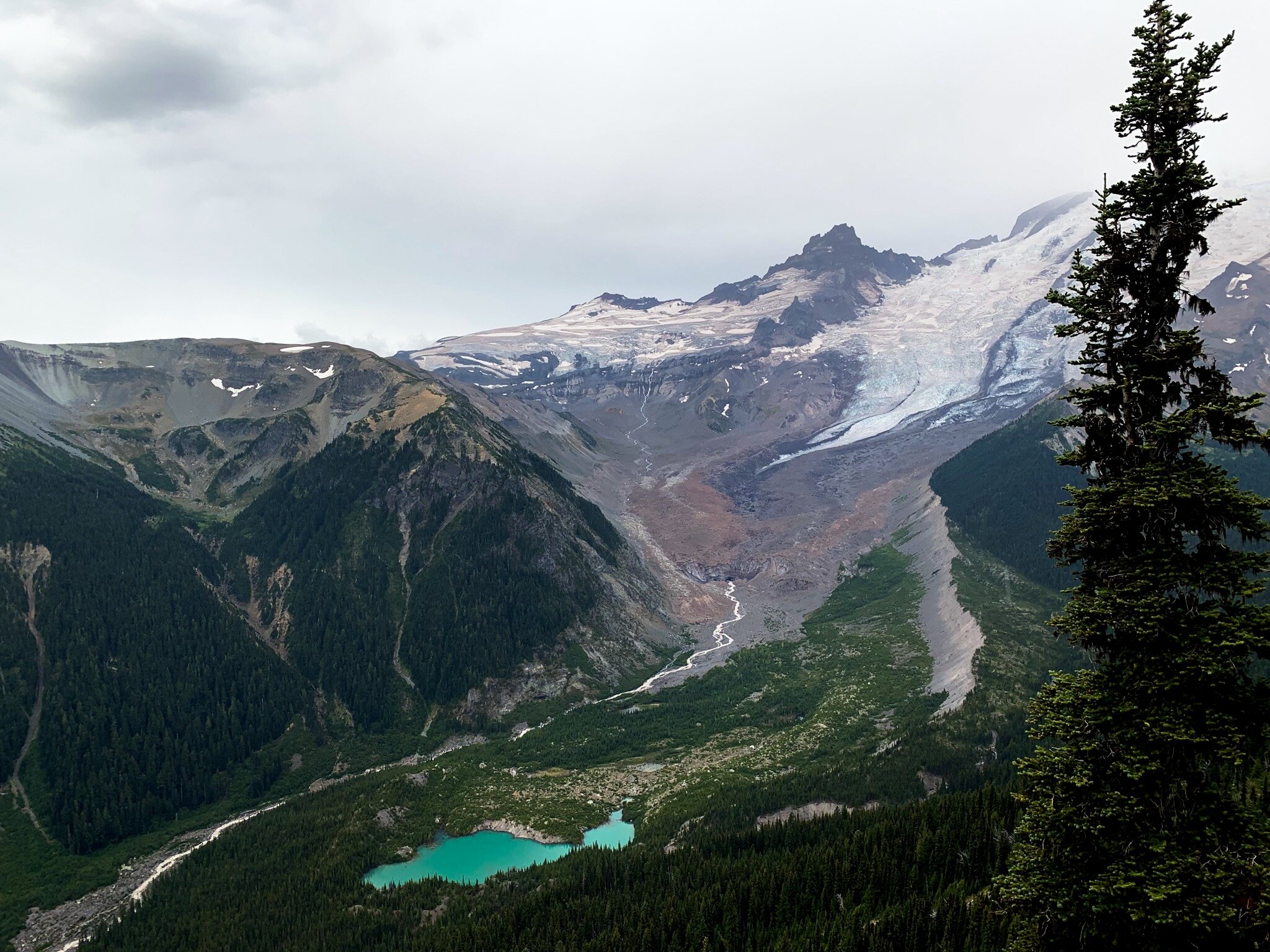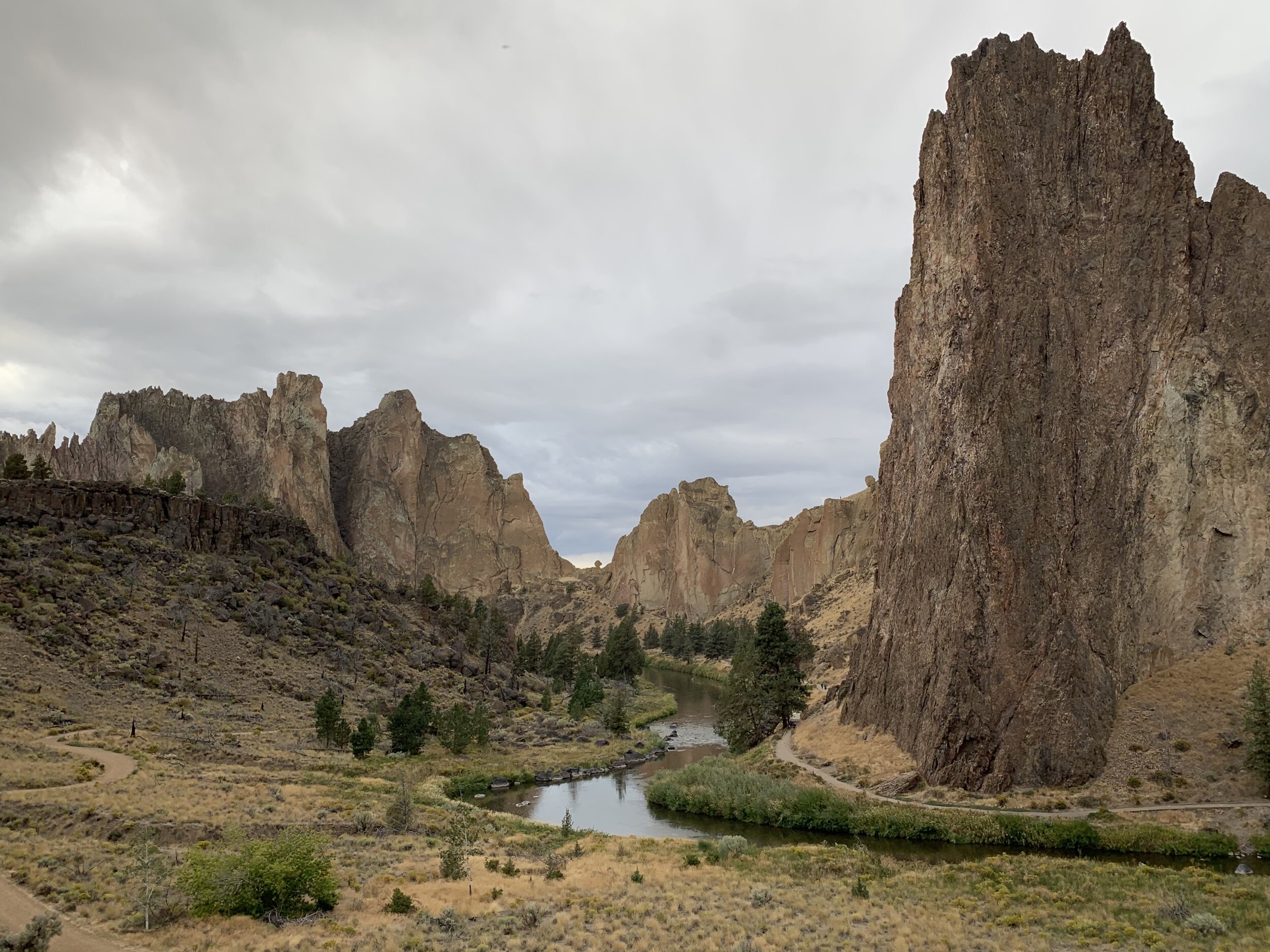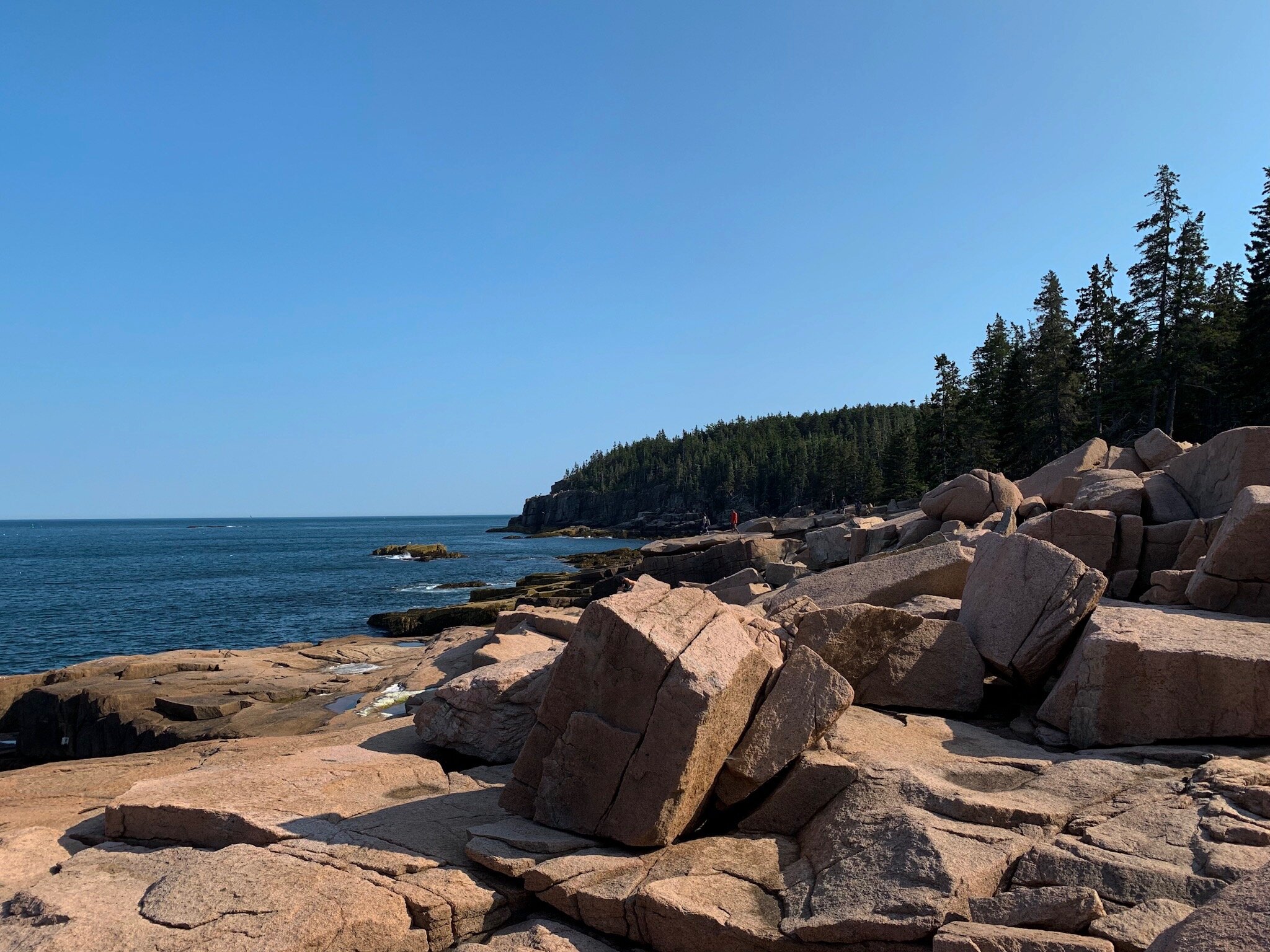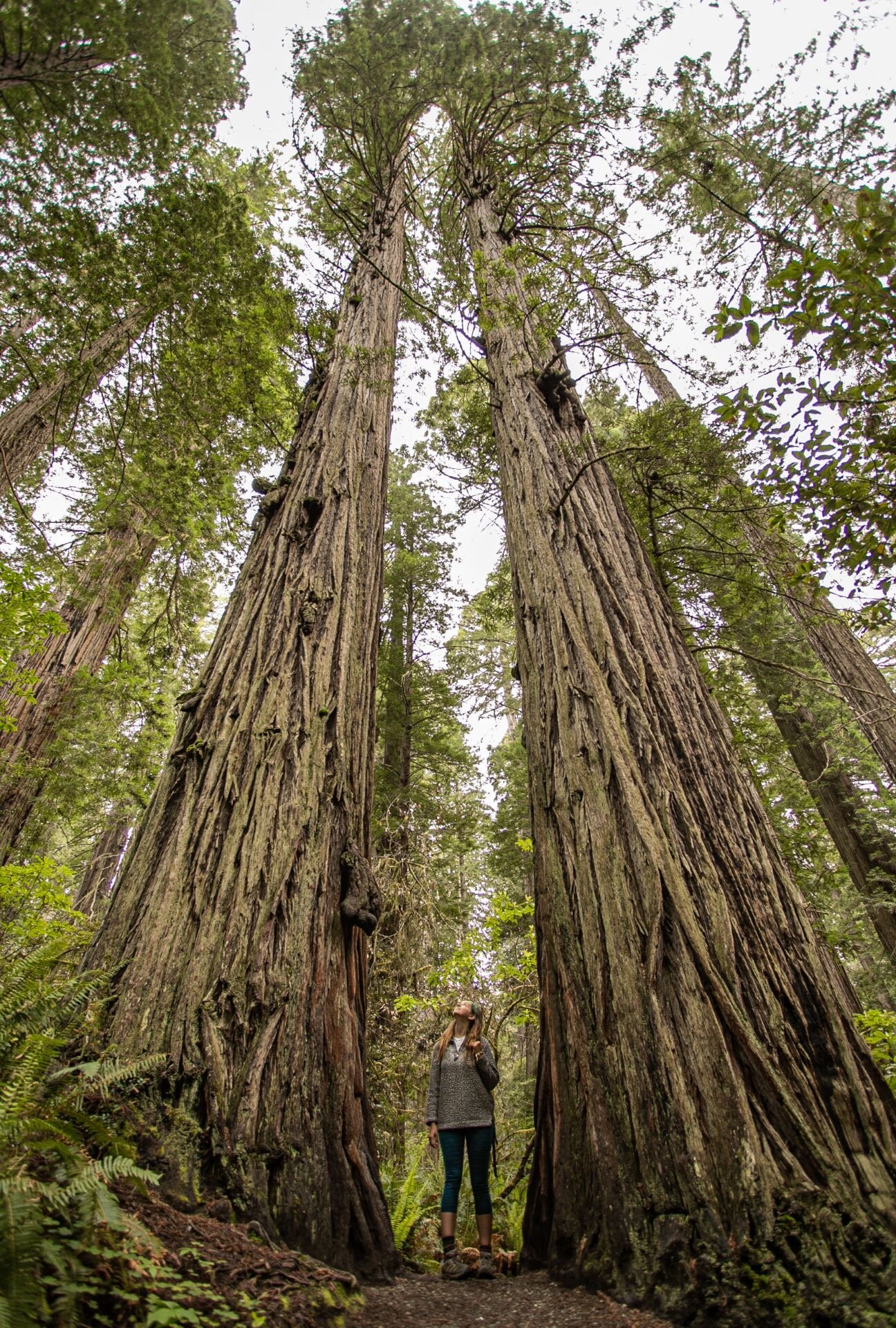Since quarantine began back in March, many full time vagabonds, outdoorsy folks, guides, climbers, etc… have been begging for campgrounds, trails, and parks to reopen. And now that they are, many of us are finding that things are not turning out the way we imagined. The outdoors have always been my safe space, my place for finding myself close to nature, dipping my toes in rivers, and hugging trees. I live and breath Leave No Trace, and have personally told people in National Parks to stop littering, or nicely explained to them why they should stay on the trail. As lovers of the outdoors, it’s what we do, to keep these places beautiful, and the way we found them (or better).
Death Valley National Park, CA
But since lockdown began in early spring, and with US citizens on further lockdown from the rest of the world, many people are taking to the road and exploring their own country for the first time during the summer months when they would normally be traveling overseas. This has lead to an influx of visitors in National Parks, National Forests, State Parks, trails, and even dispersed camping areas that full time vanlifers and nomads depend upon. This makes for a complicated decision. Of course I’m all for more people getting to explore the outdoors, and learning to see value in these places, but the problem is, it is clear that that value is not being seen by these visitors. Many of these people are leaving piles of trash that the National Parks can’t clean up due to understaffing, using the restroom in places they shouldn’t (leading to a shutdown of National Forest dispersed camping… again), and simply overcrowding areas that are normally a peaceful getaway from the hustle and bustle of the city.
Grand Canyon National Park, AZ
What is #RecreateResponsibly?
The hashtag #recreateresponsibly popped up amongst National Parks, outdoor gear companies, and outdoor enthusiasts a few months ago, when parks were starting to open up again, with the goal of teaching people how to recreate in a world where COVID exists. However, many of the suggestions that went along with the original Recreate Responsibly list mirrored those already reflected in the popular Leave No Trace list that outdoor enthusiasts follow. The new suggestions however, included choosing less crowded destinations, keeping 6 feet from other people, and working to make sure that you are maintaining a healthy environment for the communities you might be visiting.
We are all familiar with social distancing, but the amount of people me and other outdoor lovers have been witnessing at normally empty spaces is a huge problem. Why is this a problem, you might be asking. Well, read on.
Sequoia National Park, CA
Why People Are Ruining the Outdoors
Crowds are something we all have to deal with, especially in the summer months. But the fact is, more people = more litter, more poop (sorry, but it’s true), and less of an ability to social distance.
It’s okay to be new to the outdoors. In fact, I welcome it, as long as you are willing to learn to respect it. There is a very specific etiquette that comes with visiting outdoor spaces, and while most people might not already be familiar with it, it’s easy to learn and execute.
The problem is, people are treating these places like Disneyland. They’re bringing in and leaving trash, they’re creating crowds and lines, and they’re approaching animals like they are visiting a petting zoo. It’s important to remember that these places are wild. Incredibly wild. They don’t follow the rules of your domesticated world, so it’s important to learn to respect them, so that you can get the most out of them.
When people don’t respect these places (and each other while visiting them), it makes it easy for the government to decide that they need to close them down again, thus making things more difficult for those of us who actually depend on them to survive.
Yellowstone National Park, WY
What is Leave No Trace?
I actually have a whole blog post about Leave No Trace (LNT) principles, so I’ll make this quick! Leave No Trace is the guidelines for recreating in the outdoors, and it is what #recreateresponsibly is based on. There are 7 LNT principles:
1: Plan ahead and prepare
2: Travel and camp on durable surfaces
3: Dispose of waste properly
4: Leave what you find
5: Minimize campfire impacts
6: Respect Wildlife
7: Be Considerate of Other Visitors
Valley of Fire State Park, NV
And to add a few for COVID times: Wear a mask when in a crowded area, stay 6 feet away from others when possible and safe (ie: it wouldn’t involve anyone falling off a cliff), and avoid crowded parks and trails if you can. However, these lie in the “respect others” category in my opinion.
When people don’t follow these guidelines, it makes it really hard for everyone to enjoy the outdoors. Because of course, these are public lands—no one is forbidden from exploring them—however, it is important that you treat these places with respect, so that they can stay to be explored by others for years to come.
Congaree National Park, SC
Why #RecreateResponsibly is Being Aimed at the Wrong Crowd
Answer these questions: are you an outdoorsy person? Do you follow outdoor brands such as REI, Backcountry, Merrell, or Patagonia on Instagram? Do you follow any National Parks on Instagram?
If you answered YES to any of these questions, likely, you’ve heard the term Recreate Responsibly thrown around in your internet world in recent months. You might even be getting tired of hearing it because you know not to litter and to stick to less popular trails. You even have local secrets that have always been empty… until now. And the reason for that is, Recreate Responsibly is being aimed at the wrong group of people.
Indiana Dunes National Park, IN
The people who need to learn to recreate responsibly are those who are new to the outdoors, those who have never visited a National Park before, those who are venturing out for the first time. We welcome these people in our favorite outdoor spaces. I firmly believe that it’s hard to think about preserving our environment when you don’t have a connection with the outdoors, so welcoming newcomers is something that I’m all for—it will teach them that nature has something for them to love. But without the proper education, it’s hard for people to treat these places any different than if they were visiting a local zoo.
When you enter a National Park, you are often handed a map, and sometimes a flyer with Park information. Would it be so hard to add the LNT principles to that flyer? Would it help the problem? And what about National Forests, BLM Land, and the backcountry? These are questions that I’m not sure I have the answer to, but it’s important to consider them. More education is absolutely needed when it comes to keeping our wild spaces wild, and therefore, keeping them accessible to both those who have always loved them, and those who are discovering them for the first time.
Badlands National Park, SD
If you are planning your first trip to a National Park, and want some help getting prepared for your trip so that you too can #RecreateResponsibly, reach out to me on Patreon. I offer trip planning services that can help you to be prepared for anything the outdoors might throw your way. Click the button below to sign up so we can start chatting!















































































